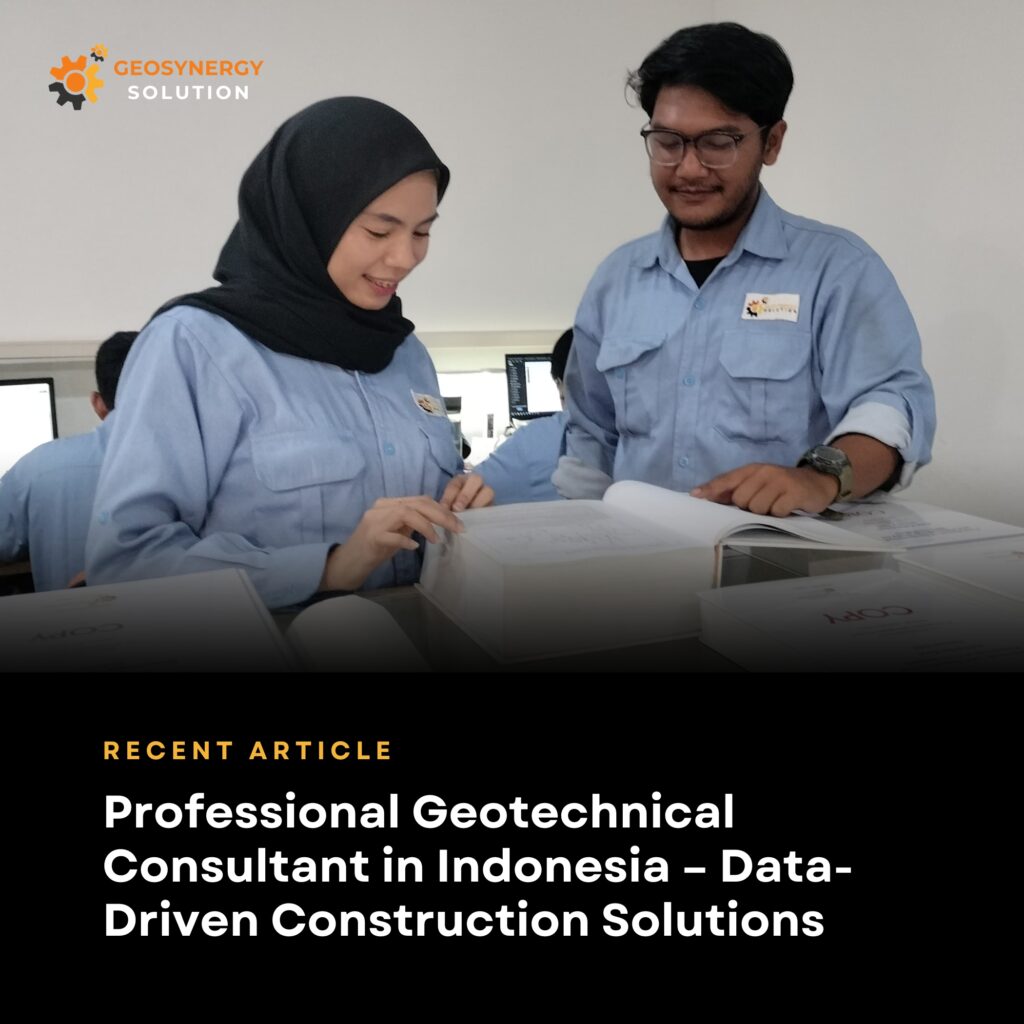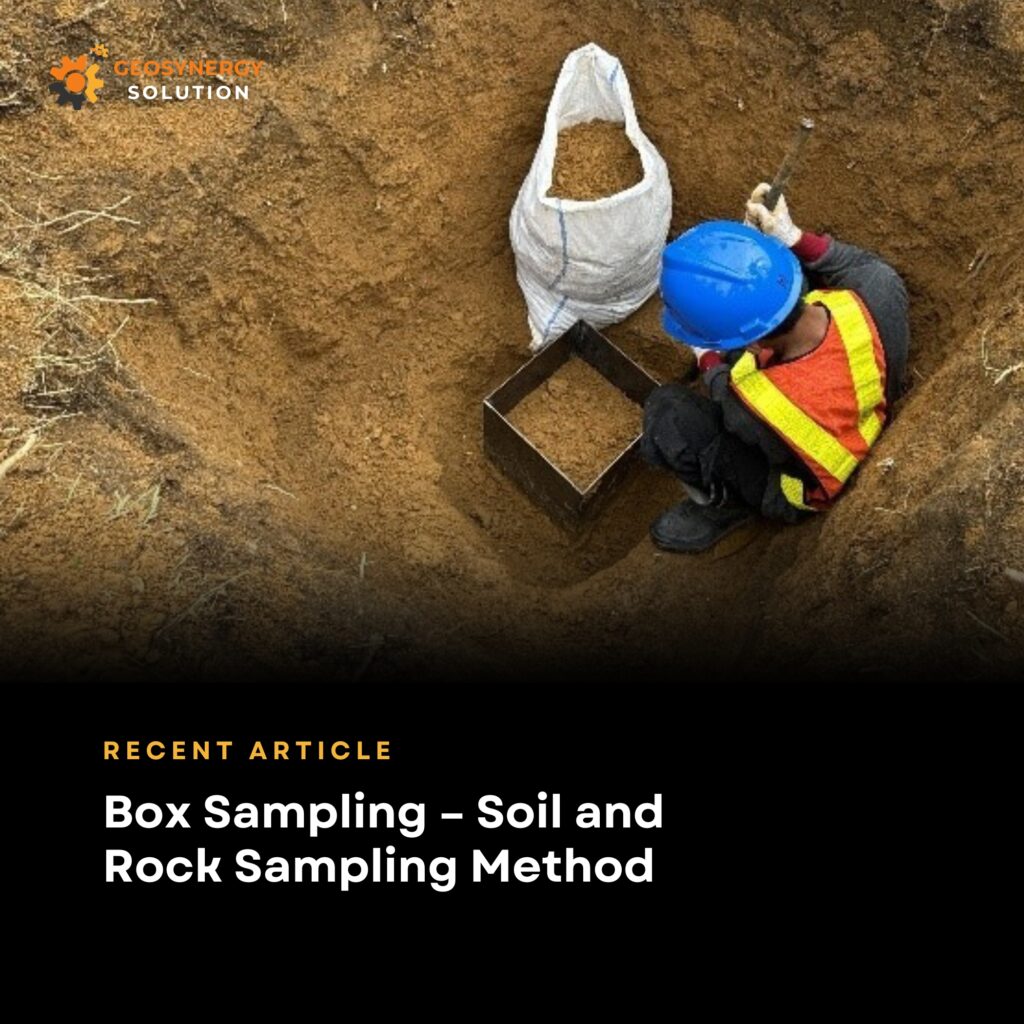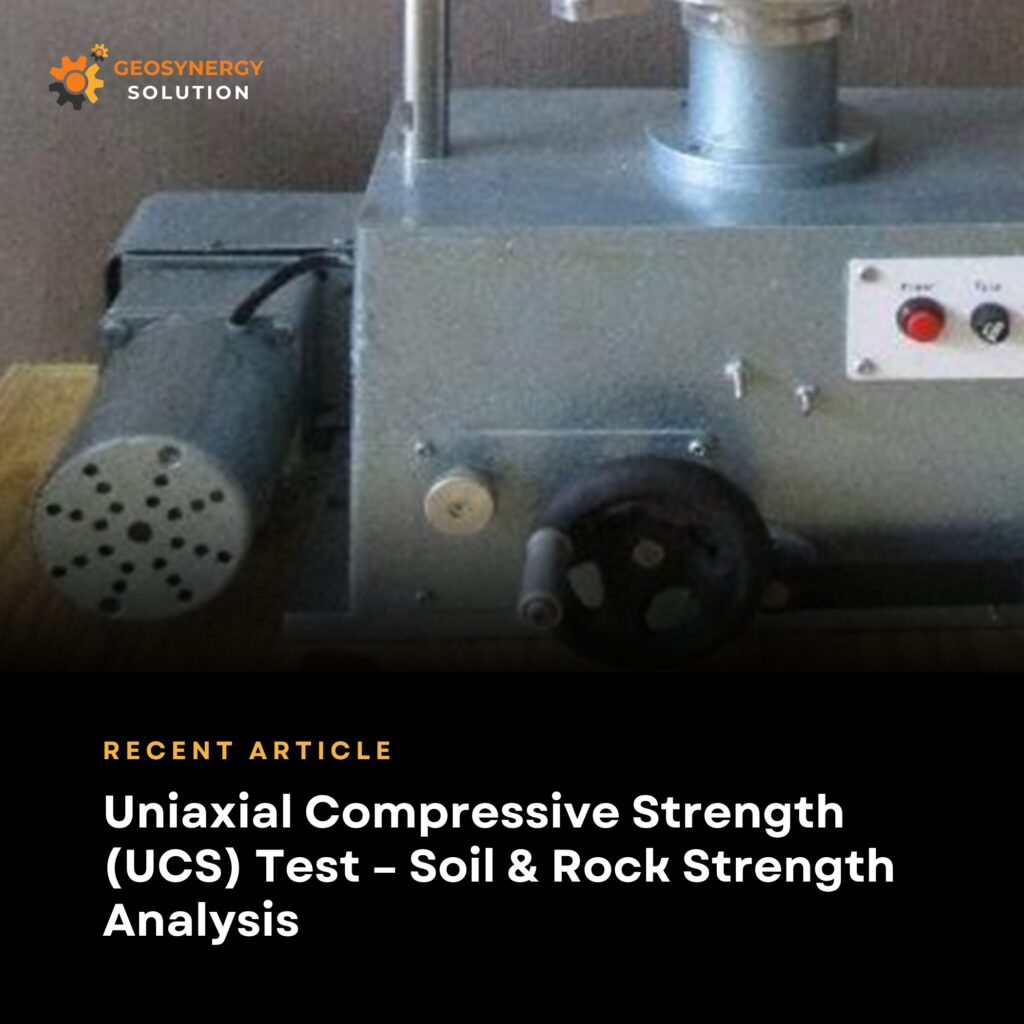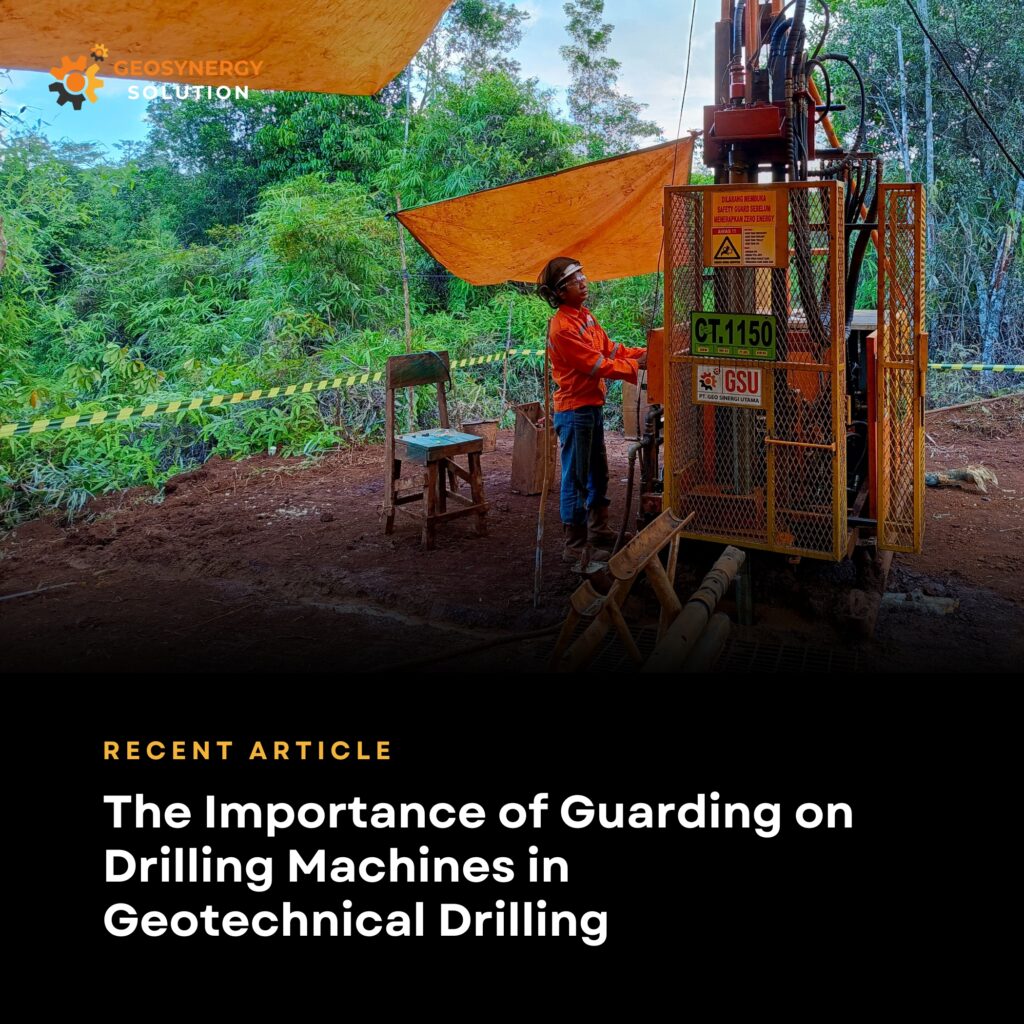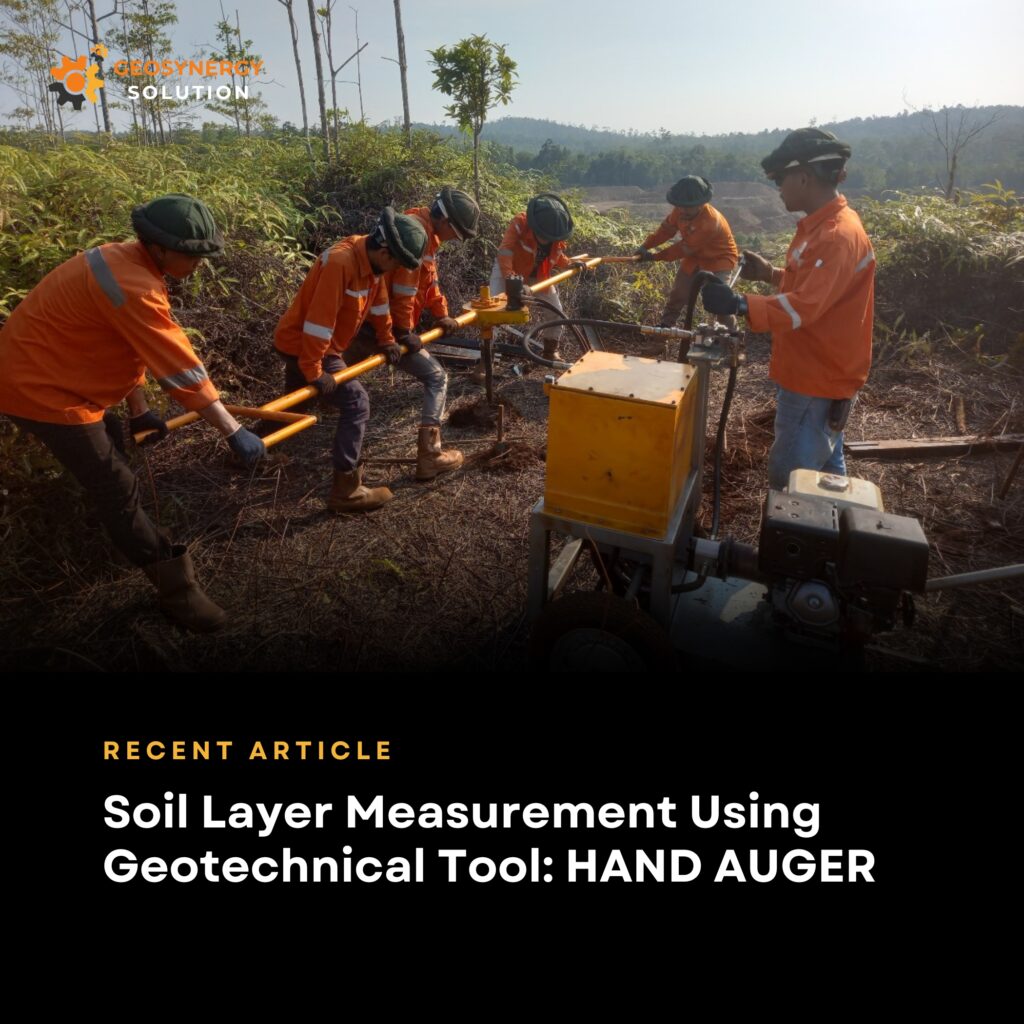Professional Geotechnical Consultant in Indonesia – Data-Driven Construction Solutions
Indonesia, with its high geotechnical risks such as landslides, earthquakes, and expansive soils, requires reliable and experienced geotechnical consultancy services. PT Geo Sinergi Utama, through its brand GeoSynergy Solution, is recognized as one of the leading geotechnical consultants in Indonesia, delivering accurate, data-driven, and integrated solutions for construction, mining, and infrastructure projects. What is a […]


